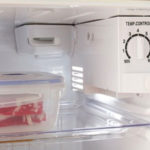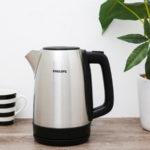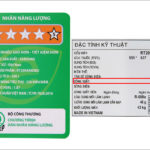Winter weather is cold, so many families use air conditioners to warm their rooms in the evening. Many people know that in the summer, the temperature should be set at 26-28 degrees, but what about in the winter?
Setting the temperature too high can quickly warm up the room, but to ensure energy consumption and health protection, what is the best temperature to set? In the winter, on days when the weather is significantly colder, it is essential to have a warm air conditioner. The suitable temperature for the air conditioner in the winter is usually around 20°C, which is the optimal temperature. When sleeping, you can increase it to about 24-25 degrees C, or even 26 degrees if there are elderly people and young children in the family, as the outside temperature tends to drop and become colder at night. If you set the air conditioner to a high temperature, causing a large difference between indoor and outdoor temperatures, it will adversely affect your health.
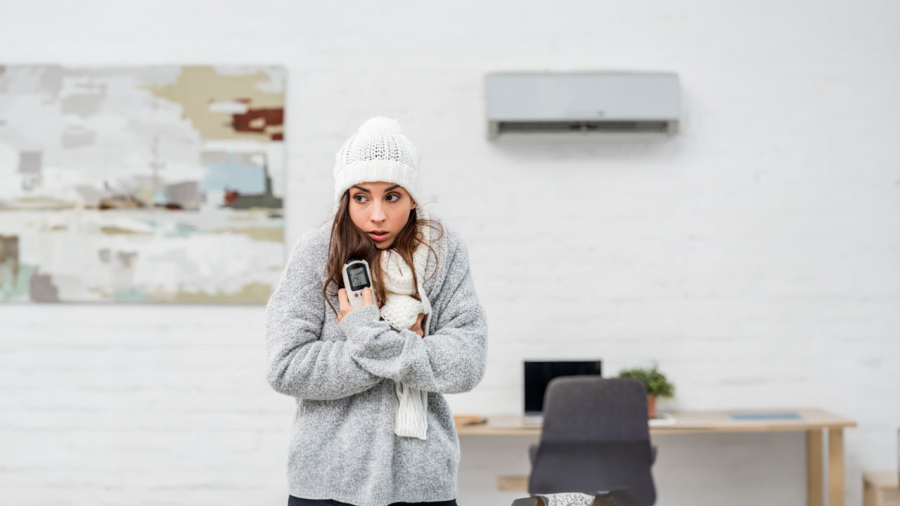
Many people think that the colder and chillier the winter is, the higher the air conditioner temperature should be set to warm the cold air. In reality, the indoor temperature at this level is too hot and can cause discomfort, dry skin, eyes, and mouth.
In addition, setting the air conditioner to a high temperature can lead to electrical overload, causing the equipment to break down faster and consume more energy. Did you know that when the air conditioner is set to warm mode, every 2 degrees Celsius reduction can save more than 10% of energy consumption? Therefore, based on various factors, it is recommended to set the air conditioner temperature in the winter at around 20°C. Of course, you should adjust the temperature level based on the actual weather conditions.
Furthermore, when using the air conditioner, pay attention to the following tips to ensure better health and device performance:
Note the air outlet direction: When using the air conditioner, also pay attention to the direction of the air outlet, avoiding it from blowing directly towards people, especially infants and the elderly. Adjust the air direction downwards or diagonally with the bed, for example. This helps prevent dry skin and avoids dry respiratory mucosa.
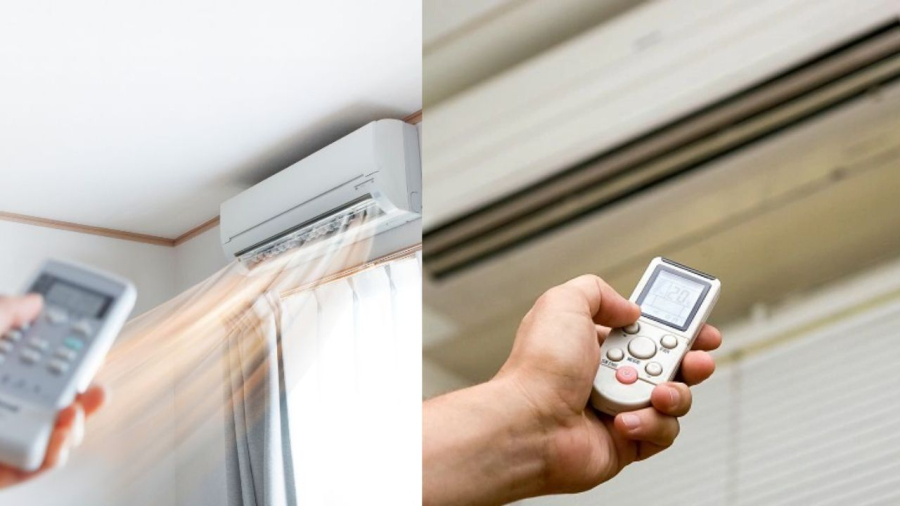
Take note of humidity indoors: During the winter, the weather is dry, resulting in dry air produced by the air conditioner. Therefore, you can use a humidifier to add moisture to the air. When using a humidifier, it is best to use purified water as tap water, when atomized, can produce certain substances that can pollute the air and be harmful to health. Therefore, using purified water for the humidifier is the best option.
Open windows regularly for ventilation: When using the air conditioner to quickly warm up the room, people tend to close doors and windows, especially in small rooms where the temperature rises faster. However, when not using the air conditioner, remember to open the doors and windows to allow air circulation. Ventilating the room helps to maintain air circulation, reduce CO2 levels, and minimize bacteria.
Regularly clean the air filter: The air generated inside the air conditioner is blown out through the filter. If the air conditioner’s filter is not cleaned regularly, dust and other particles will be blown by the air and spread into the air, polluting the indoor environment.
What temperature do you set your air conditioner to in the winter? Through this article, you have gained more information on how to use the air conditioner more effectively in the winter.
Maximizing Durability and Energy Efficiency with High-Speed Kettles: Tips and Advice
Are you an electric kettle aficionado? If so, you’ll appreciate Ði?n máy Xanh’s latest offering. We’ve compiled comprehensive instructions to help you make the most of your electric kettle, including tips on how to prolong its life as well as maximize energy savings. Let’s get your kettle expertise up to date!

























